Some species defy logic in the sprawling tapestry of Earth’s biodiversity, challenging even the most seasoned scientists. These creatures are not just rare; they’re enigmas wrapped in fur, feathers, and scales. Unraveling their mysteries is like piecing together an artful mosaic that keeps shifting. Join us on this wild, whimsical journey through 14 of these fascinating creatures that seem almost too strange to be real.
1. The Platypus Paradox
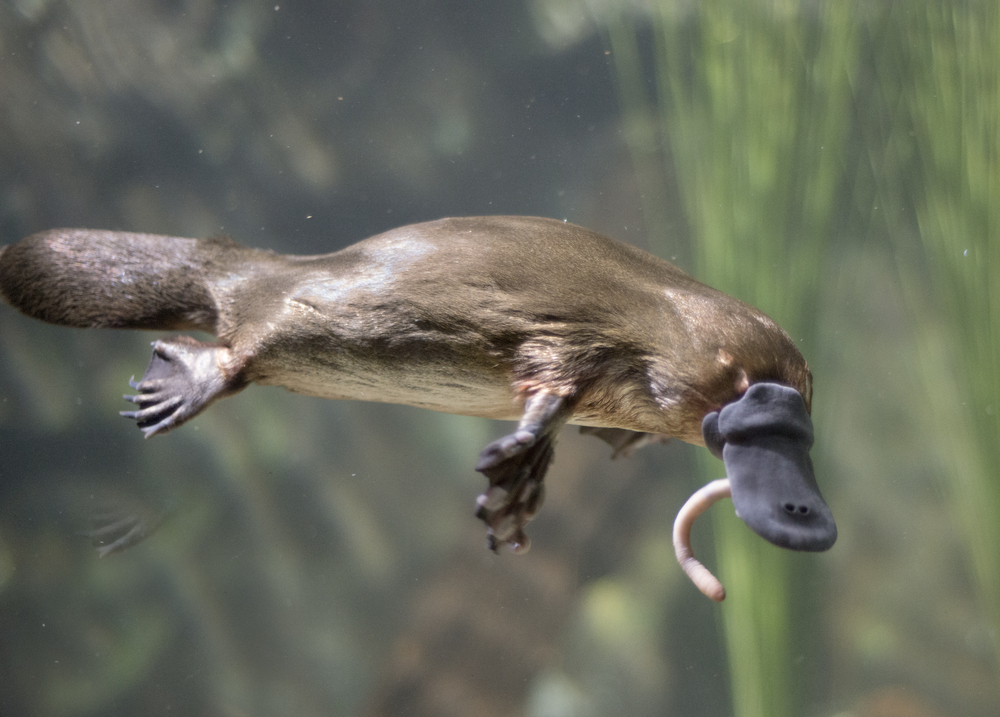
The platypus is a marvel of evolutionary eccentricity. With its duck-like bill, webbed feet, and beaver-like tail, it’s as if Mother Nature crafted this creature from spare parts. And let’s not ignore the fact that it lays eggs and produces milk—talk about a biological identity crisis! Even its genome is a mashup of birds, reptiles, and mammals. Scientists are left scratching their heads, wondering how this medley of features came to be. It’s a creature that proudly defies classification, making it a delightful conundrum for biologists everywhere.
2. The Mysterious Axolotl
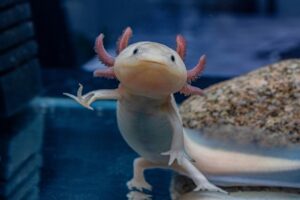
The axolotl, often affectionately dubbed the “walking fish,” is a peculiar paradox. Unlike most amphibians, it retains its juvenile traits throughout its life, keeping its feathery gills and aquatic lifestyle. But here’s the kicker: this cute little salamander can regenerate almost any body part, from limbs to parts of its brain. Scientists are keen to crack the axolotl’s code, hoping it might one day unlock secrets of human regeneration. For now, it swims through lakes—and our imaginations—like a mythical creature straight from a fantasy novel.
3. The Elusive Okapi
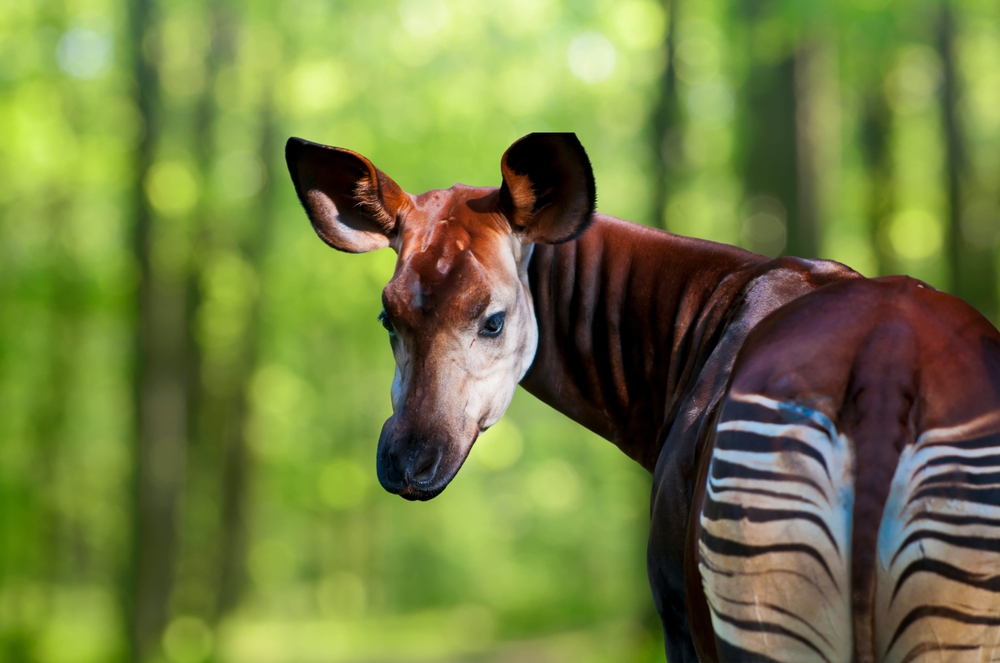
Think of the okapi as a zebra-striped giraffe with a touch of the mysterious. This elusive creature hails from the dense forests of the Democratic Republic of the Congo and was unknown to science until the early 20th century. With its long, prehensile tongue and stunning camouflage, it seems like a creature of folklore rather than reality. Though closely related to the giraffe, its unique pattern and secretive nature make it a continual source of fascination and a reminder of the world’s undiscovered wonders lurking in the shadows.
4. The Quantum Jumping Peacock Spider
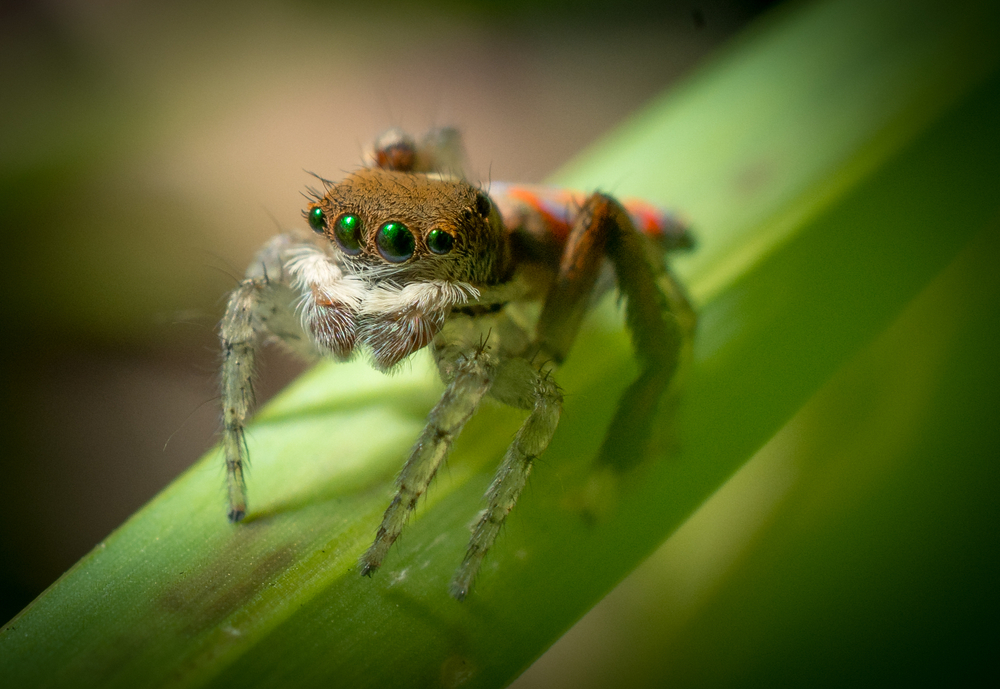
Meet the peacock spider, a pint-sized performer with moves that would make any Broadway star jealous. These diminutive arachnids, under five millimeters long, boast vibrant colors and intricate mating dances. Scientists marvel at their ability to jump multiple times their body length, a feat of biomechanics that’s still not fully understood. Their courtship rituals are a mesmerizing display of nature’s creativity, leaving researchers pondering how such tiny creatures can achieve such complex behavior. They’re the high-flying acrobats of the arachnid world, spinning a web of intrigue.
5. The Enigmatic Narwhal
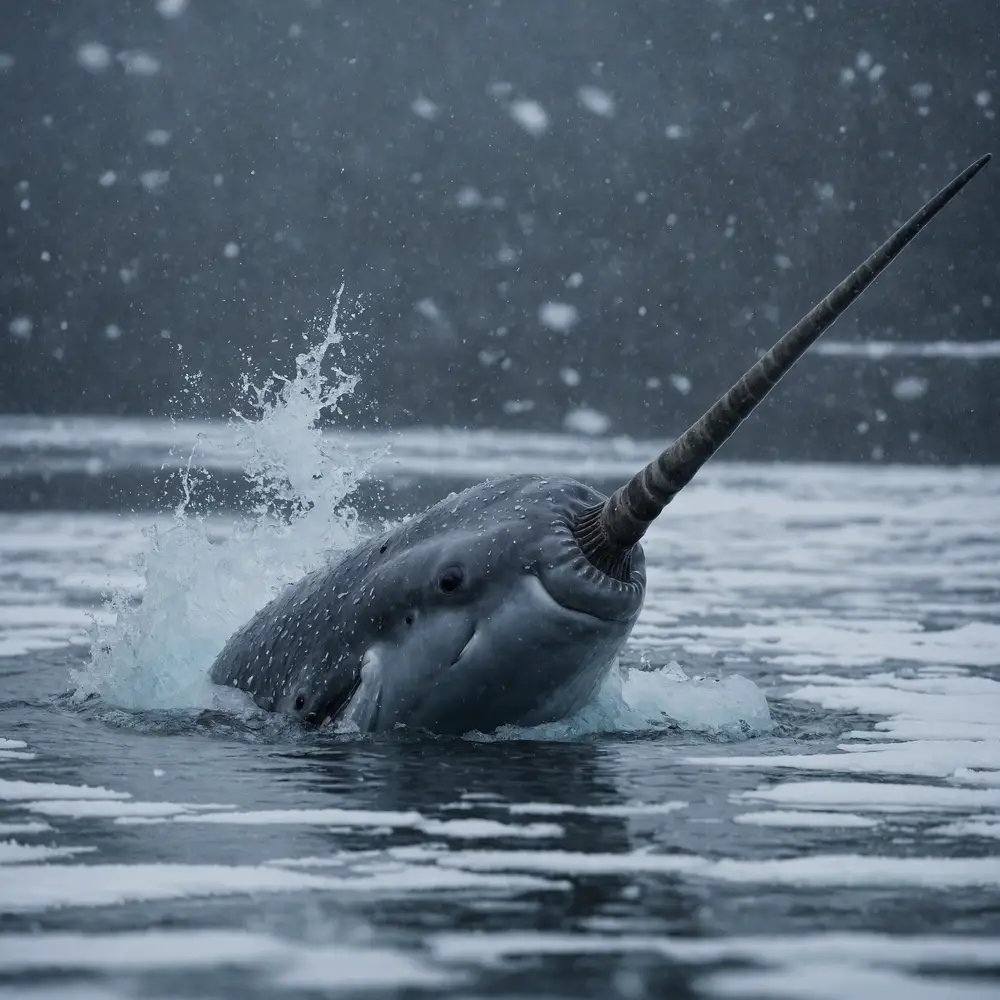
The narwhal, with its unicorn-like tusk, navigates the icy waters of the Arctic with a grace befitting its mythical appearance. The purpose of its spiral tusk remains a subject of debate—some suggest it’s a sensory organ, others a weapon, or even a tool for attracting mates. This tusked enigma captivates both scientists and the public, sparking imaginations and research efforts alike. As climate change threatens its habitat, understanding the narwhal’s mysteries becomes ever more urgent, making it a poignant symbol of the Arctic’s fragile beauty.
6. The Curious Case of the Saola
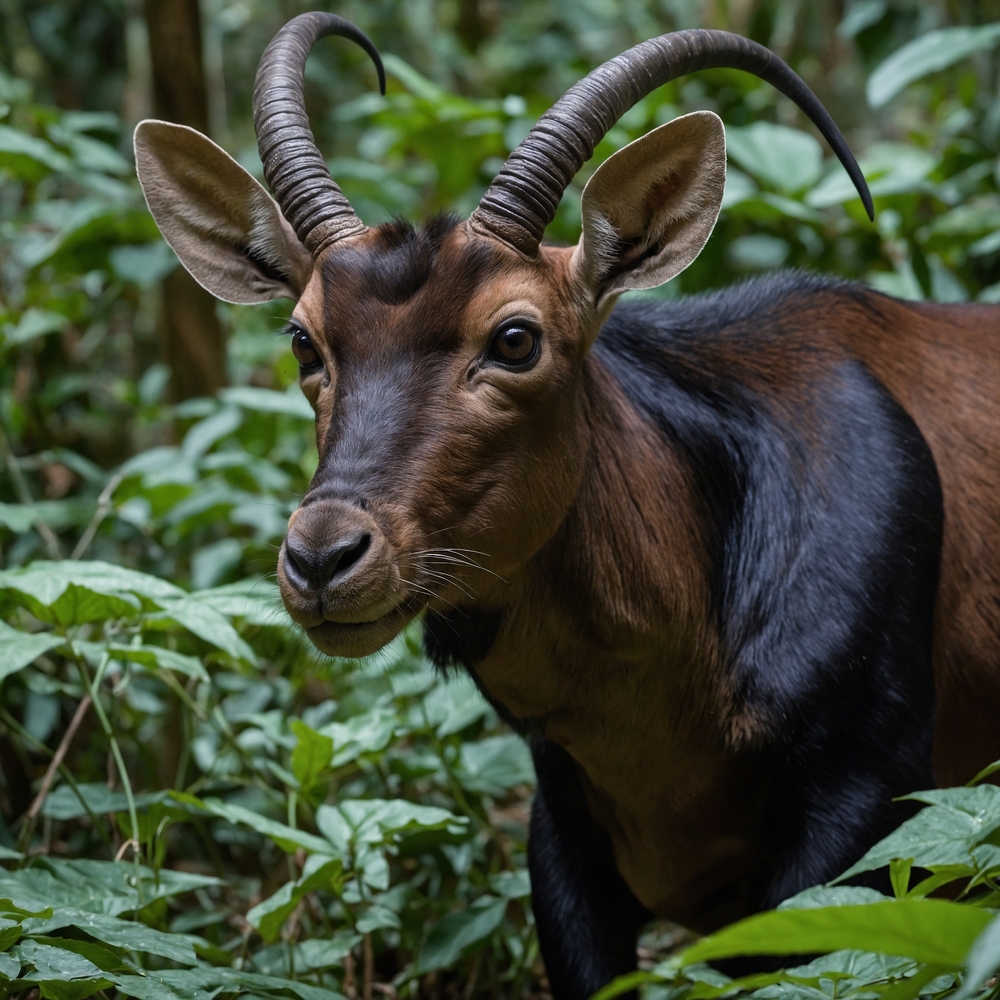
Dubbed the “Asian unicorn,” the saola is a ghostly presence in the forests of Vietnam and Laos. With its long, straight horns and elusive nature, it’s one of the world’s rarest mammals, discovered only in 1992. Sightings are exceptionally rare, adding to its mythical status. Scientists know little about its behavior or biology, making every scrap of information precious. The saola is a living reminder of the many secrets nature still holds and the urgent need to protect its imperiled habitats from disappearing.
7. The Puzzle of the Blobfish
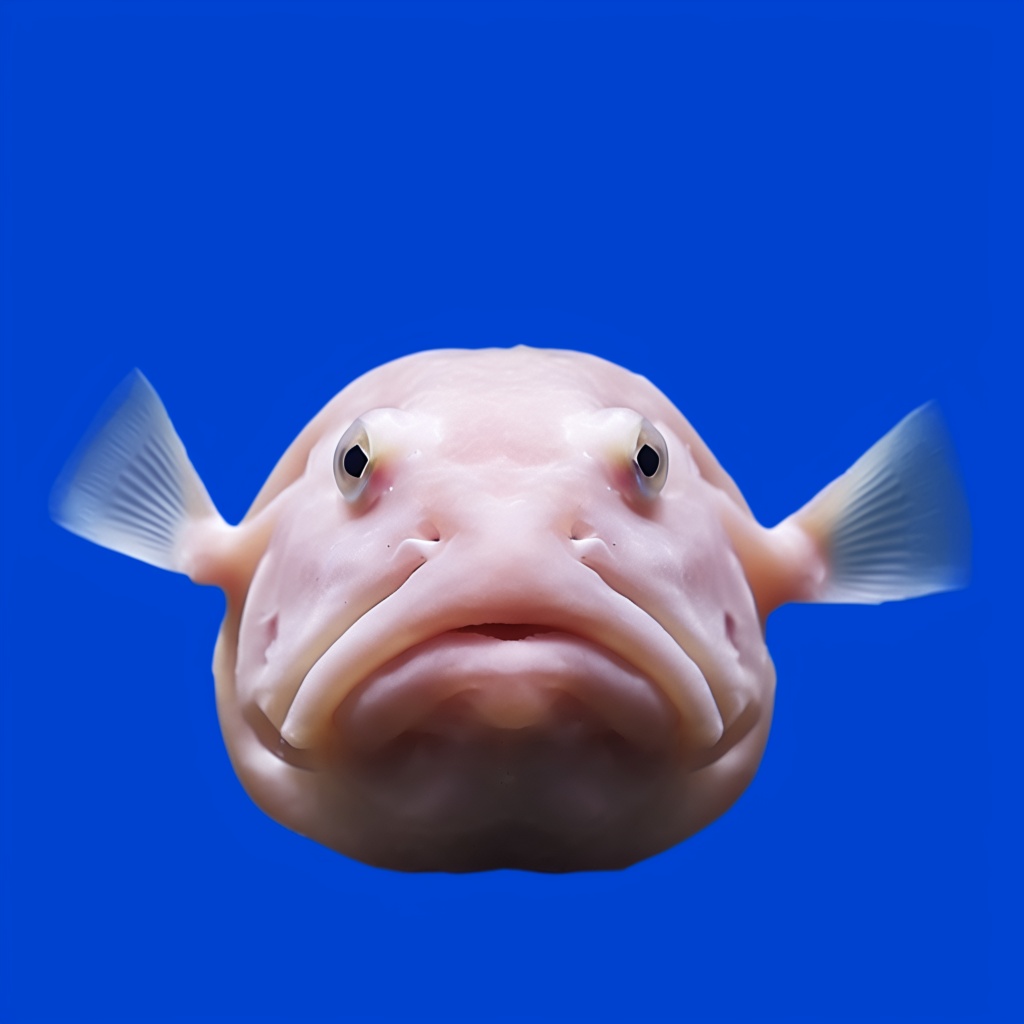
The blobfish is the poster child for unfortunate deep-sea glamour shots. Out of water, it looks like a sad, gelatinous lump, but in the crushing depths of the ocean, it transforms into a streamlined swimmer. Its body is adapted to withstand intense pressure, yet its peculiar appearance has earned it the title of the world’s ugliest animal. While the blobfish’s aesthetic critiques dominate the conversation, it’s a reminder that beauty is often in the eye of the beholder, especially in the mysterious realms of the deep.
8. The Riddles of the Mimic Octopus
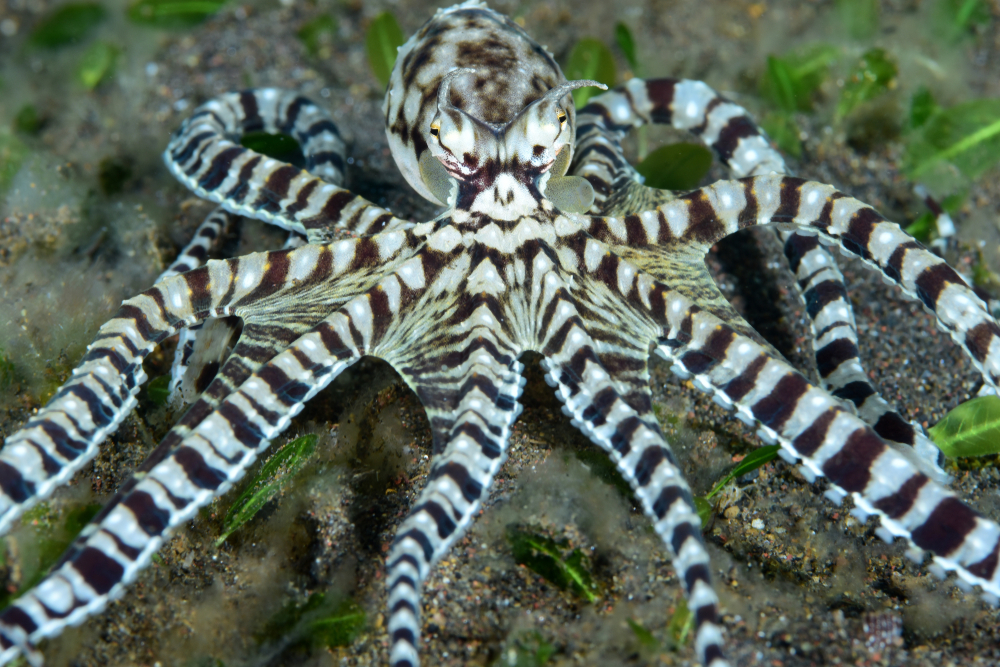
The mimic octopus is a master of disguise, capable of impersonating a host of marine creatures, from lionfish to flatfish and even sea snakes. This shape-shifting marvel confounds predators and scientists alike with its ability to alter not just its color but also its shape and behavior. Its repertoire of mimicry is still not entirely understood, and researchers marvel at how this cephalopod pulls off such convincing costumes. The mimic octopus is nature’s quick-change artist, adding an element of theatricality to the underwater world.
9. The Enigma of the Glass Frog
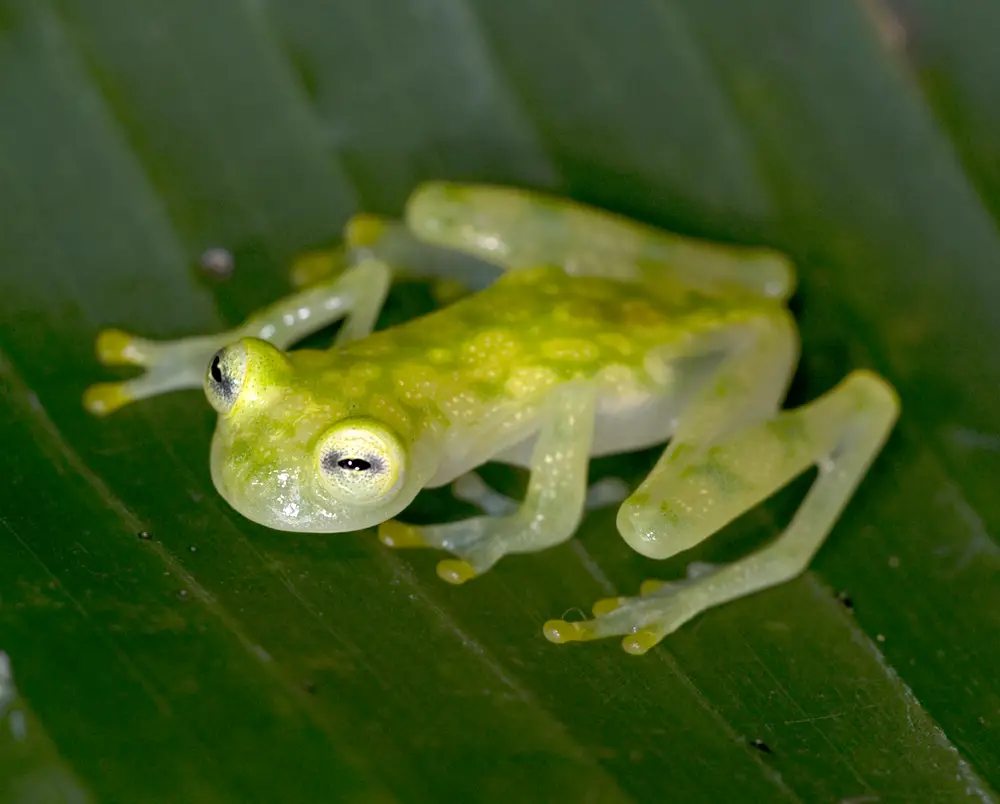
The glass frog is a translucent wonder, with skin so clear you can see its heart beating. Found in Central and South America, these frogs are a captivating blend of biology and artistry. Their transparency is thought to be a form of camouflage, yet the exact mechanisms and benefits remain a topic of scientific exploration. Glass frogs are a visual and scientific delight, offering a glimpse into the inner workings of an organism—a living window into the mysteries of evolution and adaptation.
10. The Mystery of the Deep-Sea Dragonfish
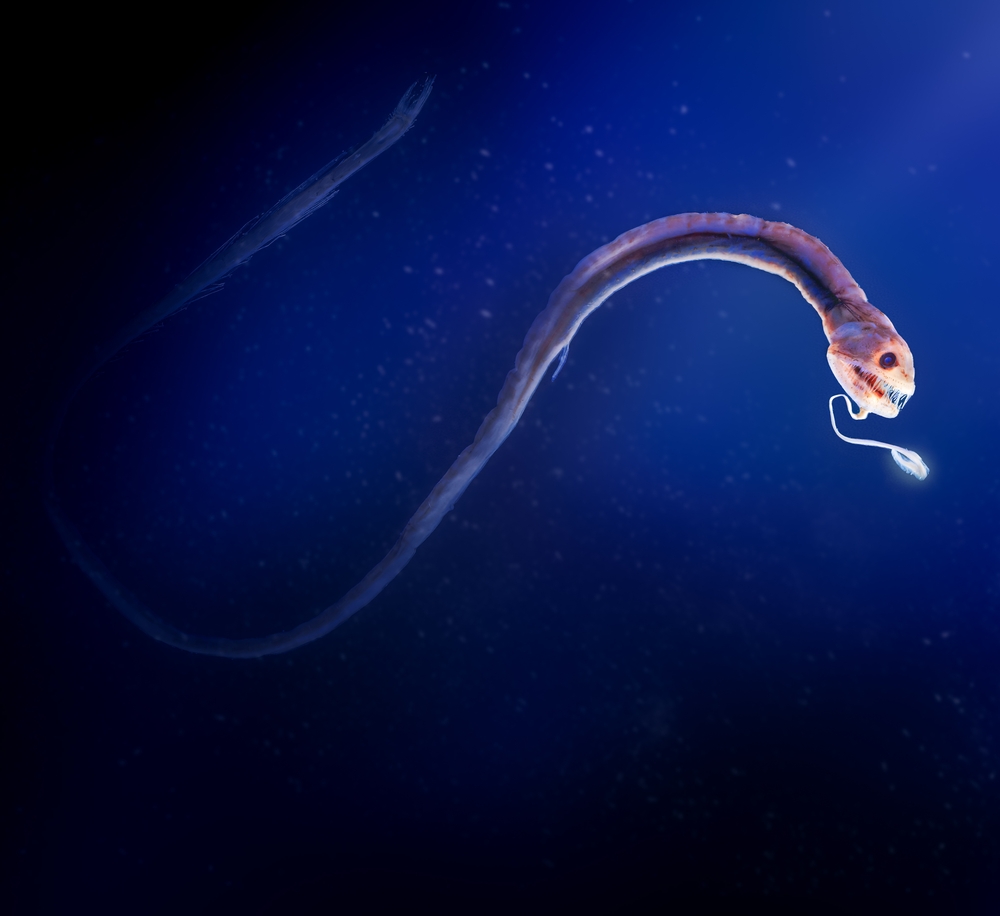
The deep-sea dragonfish is a creature of nightmares and scientific curiosity, equipped with bioluminescent barbs and razor-sharp teeth. Living in the abyssal depths, it uses its eerie glow to lure prey. The mechanics of its light-producing organs and how it survives in such an extreme environment are subjects of ongoing research. This alien-like fish challenges our understanding of life in the deep ocean, reminding us of the vast, unexplored frontiers that lie beneath the waves, where reality often defies imagination.
11. The Bewildering Binturong

The binturong, also known as the bearcat, is a delightful oddity with a face like a bear and a tail like a monkey, yet it’s neither. Found in Southeast Asian forests, it emits a scent reminiscent of buttered popcorn. This unique smell, used for marking territory, leaves scientists puzzled about its exact purpose. Binturongs are arboreal acrobats, using their prehensile tails to navigate treetops. Their quirky appearance and unusual traits make them a favorite among zoologists and those who delight in nature’s whimsical side.
12. The Conundrum of the Sea Pig

The sea pig, a type of deep-sea cucumber, waddles across ocean floors with its stubby “legs.” Living in extreme deep-sea environments, they feed on detritus, playing a crucial role in the ecosystem. Their gelatinous bodies and peculiar locomotion have intrigued scientists, who are eager to understand how these creatures thrive in such inhospitable settings. Sea pigs are a testament to life’s adaptability, showcasing evolution’s ability to produce forms that seem straight out of a science fiction tale yet are very much real.
13. The Quirkiness of the Kakapo
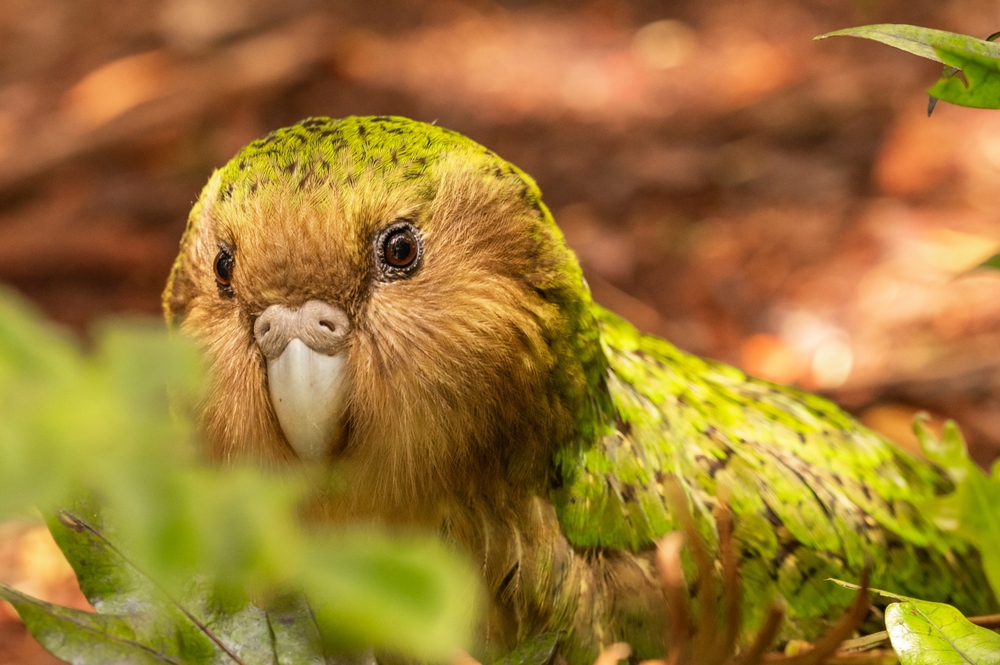
The kakapo is a parrot that seems to have taken a flightless detour in evolution. Native to New Zealand, this nocturnal bird has a charmingly awkward waddle and a sweet musky odor. Critically endangered, the kakapo’s peculiar life history and mating rituals have baffled scientists. It breeds infrequently and can live for decades, adding to its mystique. Conservation efforts are intense, aiming to pull this charismatic creature back from the brink while unraveling the evolutionary choices that shaped its unique path.
14. The Rarity of the Pink Fairy Armadillo

The pink fairy armadillo, a pocket-sized armored enigma, scuttles beneath Argentina’s sandy plains. With its rosy shell and fluffy tail, it looks like a creature from a child’s dream. Its subterranean lifestyle and ability to vanish into the sands quickly leave many details of its life a mystery. Scientists know little about its behavior or population status, making it a symbol of the many secrets lying just beneath the surface. This tiny mammal is a poignant reminder of the wonders that remain hidden in the natural world.
